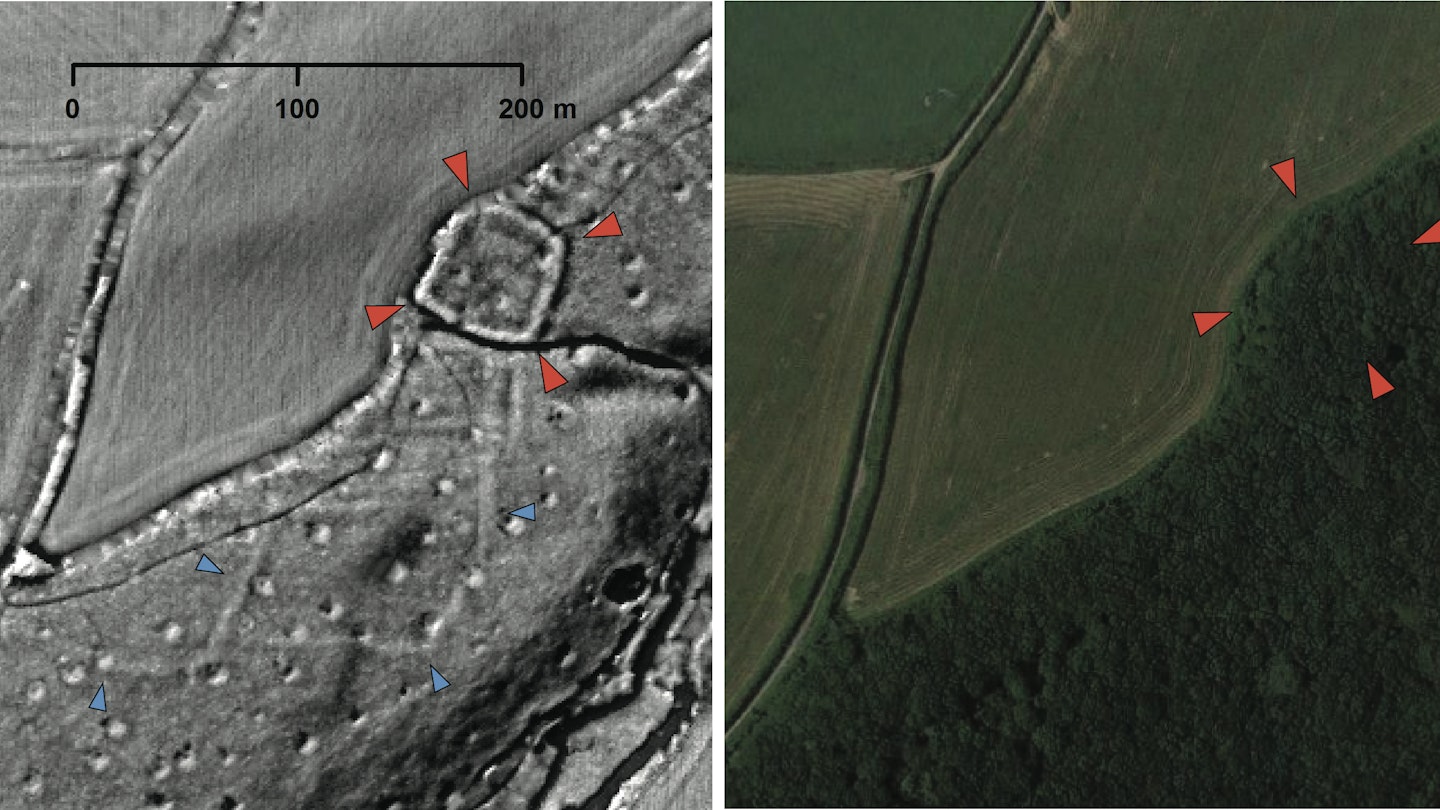Uncovering Archaeological Wonders from Home
While some people are spending their time in lockdown analyzing the latest Netflix has to offer, others are delving into more technical images and making archaeological discoveries by the dozen.
A dedicated team of remote volunteers working with the UK’s University of Exeter has combed through a range of topographical maps derived from data of the Tamar Valley, leading to the discovery of Roman, prehistoric, and medieval sites, all previously undocumented. Their discoveries include:
- Parts of two Roman roads
- Approximately 30 prehistoric or Roman large embanked settlement enclosures
- Prehistoric burial mounds
- Medieval farms, field systems, and quarries

This initiative is part of the university’s Understanding Landscapes project, which relies on LiDAR (light detection and ranging) data collected during aerial surveys. This technology creates detailed maps that allow for the identification of historical remains without the interference of vegetation or buildings. The laser-generated data is cross-referenced with historic maps and known archaeological records, enabling volunteers to uncover the shape of the land itself.
Dr. Chris Smart, the team lead, noted that although the current focus is on the Tamar Valley, the project’s scope has expanded to include a vast area between Bodmin Moor and Dartmoor, Plymouth and Barnstaple, covering about 4000 sq.km. He anticipates that volunteers will continue to uncover hundreds of new sites at their current pace.

According to Dr. Smart, “Ordinarily we would now be out in the field surveying archaeological sites with groups of volunteers, or preparing for our community excavations, but this is all now on hold. I knew there would be enthusiasm within our volunteer group to continue working during lockdown – one even suggested temporarily rebranding our project ‘Lockdown Landscapes’ – but I don’t think they realized how many new discoveries they would make.”
Volunteer Fran Sperring shared her insight, stating that there has been “a fairly steep learning curve,” but the effort has proven valuable. “Searching for previously unknown archaeological sites and helping to identify places for possible future study has been not only gratifying but engrossing. Archaeology from the warm, dry comfort of your living room – what could be better?”





